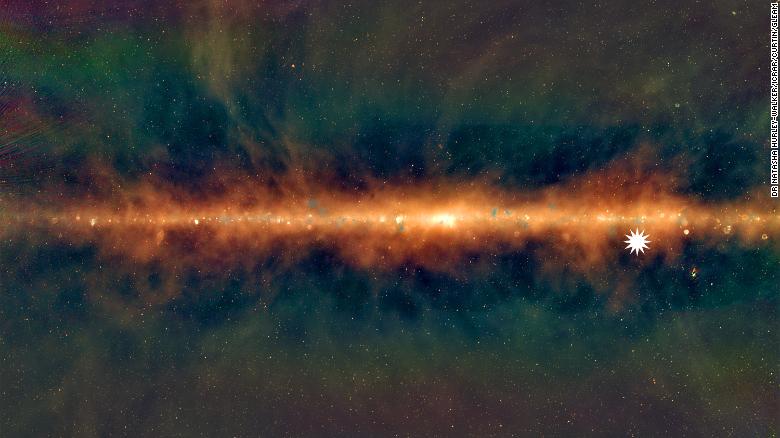 |
| GETTY |
Scientists believe they may have caught a glimpse of a parallel universe bumping up against ours.
They've seen hints in signals from the most distant points of the universe that suggest the fabric of our universe has been disrupted by another incredibly different universe. Their analysis may be the proof for the multiverse theory.
According to researchers: "Dr Ranga-Ram Chary examined the noise and residual signals in the cosmic microwave background left over from the Big Bang (pictured) and found a number of scattered bright spots which he believes may be signals of another universe bumping into our own billions of years ago."
At least that's the tentative conclusion researchers have come to. According to some cosmological theories, collisions of alternative universes should be possible. Theories conclude that our universe is like a bubble among many.
Once a universe begins in a big bang type setting, it never stops expanding. That goes for all the universes. So it makes sense they'd periodically bump into one another.
They're all likely in a row, say researchers, vibrating, bouncing around, and rubbing up on each other.
Dr. Chary believes that the signal he's received indicate that this other universe is extremely different from our own.
He says it could have a ratio of subatomic particles called photos and baryons that are about 10 fold greater than in our universe.
Dr. Chary explains, “The fine tuning of parameters in the early universe required to reproduce our present day universe suggests that our universe may simply be a region within an eternally inflating super-region.
Many other regions beyond our observable universe would exist with each such region governed by a different set of physical parameters than the ones we have measured for our universe."
More research will need to be done, but this could be the beginning of some very interesting discoveries.
Source : news.sci-nature.com











